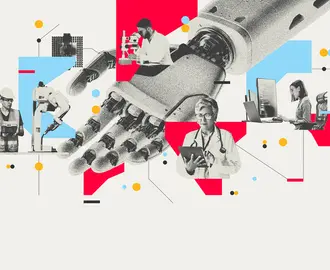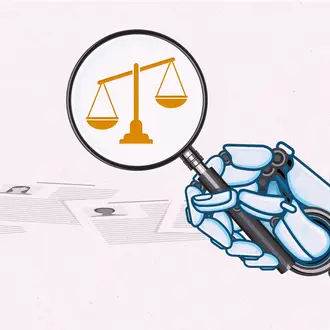Credit: Mimi Phan
Prompt engineering is so 2024. Try these prompt templates instead
What you’ll learn:
- Creating a one-time-use prompt for a generative AI query is inefficient.
- Compiling a library of reusable prompts that have delivered proven results is a better approach.
+++
I had a revelation while teaching at MIT Sloan recently. For all our talk about using generative artificial intelligence, we’ve been overcomplicating prompt engineering. The most powerful approach isn’t crafting the perfect one-off prompt; it’s having a reliable arsenal of templates ready to deploy at any stage of the innovation process.
My research, teaching, and consulting focus is on improving the management of innovation. As part of that work, I’ve spent the past few months helping students, startups, and enterprise innovation teams understand how to apply generative AI to the process of developing a new product or service. I’ve seen how AI can consistently help improve the speed and quality of every step in the process.
That said, it appears that a lot of people still don’t understand the basics of prompt engineering. But that’s OK because the current state of the art in prompt engineering is to not do prompt engineering. Instead, you should distribute prompt templates — proven lists of prompts that function like cognitive scaffolding, providing structure without limiting your options as you tackle specific steps in the innovation process. And they’re a nice way to educate people on the basics of prompt engineering.
My current list of prompt templates for innovation is divided into nine categories:
- Idea generation for a specific customer need.
- Idea generation for a specific customer complaint.
- “Around the box" ideation, which prompts for complementary products or services that can be sold alongside your company’s core offerings to generate additional revenue.
- Customer-centered value proposition, which generates a value proposition targeted at a specific customer persona.
- “Killer feature” identification, which suggest features that make a product or service irresistible to a particular segment of customers.
- Reverse innovation challenge/downscaling, which redesigns a successful product for markets with severe constraints.
- Reverse innovation challenge/upscaling, which redesigns a successful mass-market product or service to make it a premium offering.
- Trend-based innovation, which generates business ideas that capitalize on specified market trends.
- Constrained innovation, which forces the large language model to be wildly creative.
I also offer several templates that should be used only in a secure environment, lest your company’s proprietary information wind up training a public LLM. These templates include prompts for marketing messages, innovation pitches, business model canvas generation, innovation risk assessment, and benchmarking against competitors.
Explore the full list of prompt templates
Feel free to use these templates and share them with others, but please retain the link to my Substack. If you think of a new prompt or a better way to approach a current challenge, comment on my Substack post and I’ll update the list periodically. Your experiences using the templates will help evolve our collective innovation toolkit.
David Robertson is a senior lecturer at MIT Sloan. He is faculty director for MIT Sloan’s largest executive education program, the Executive Program in General Management, and leads the new course Revitalizing Existing Products With AI-Driven Innovation.



